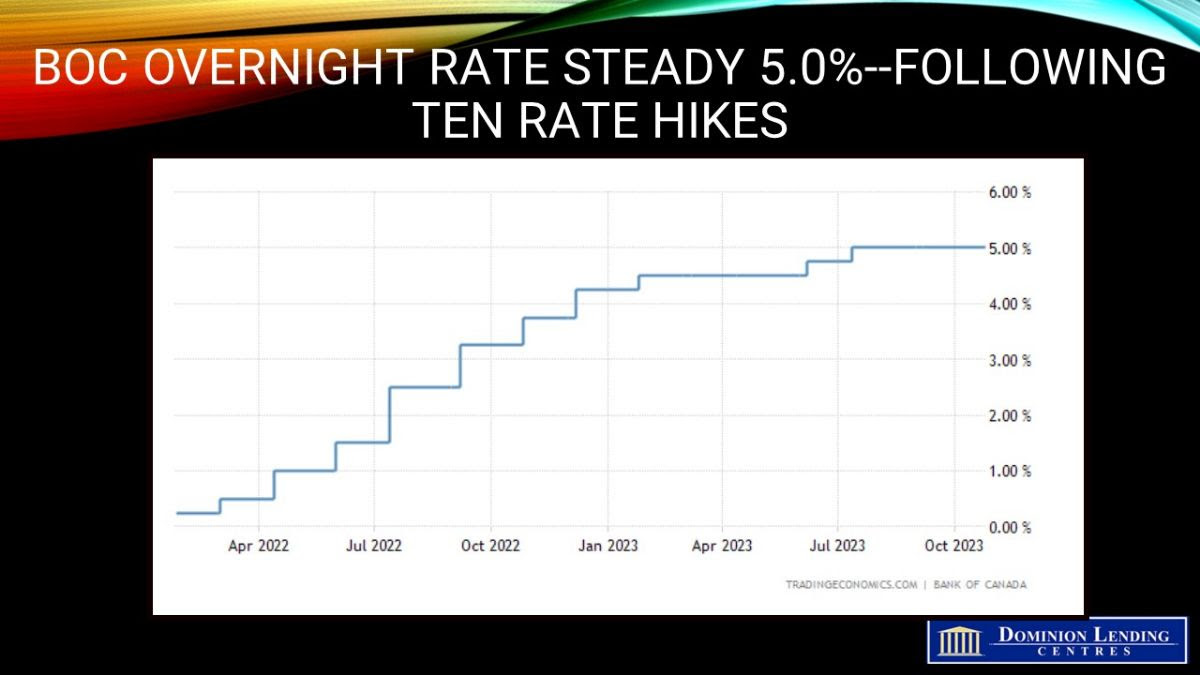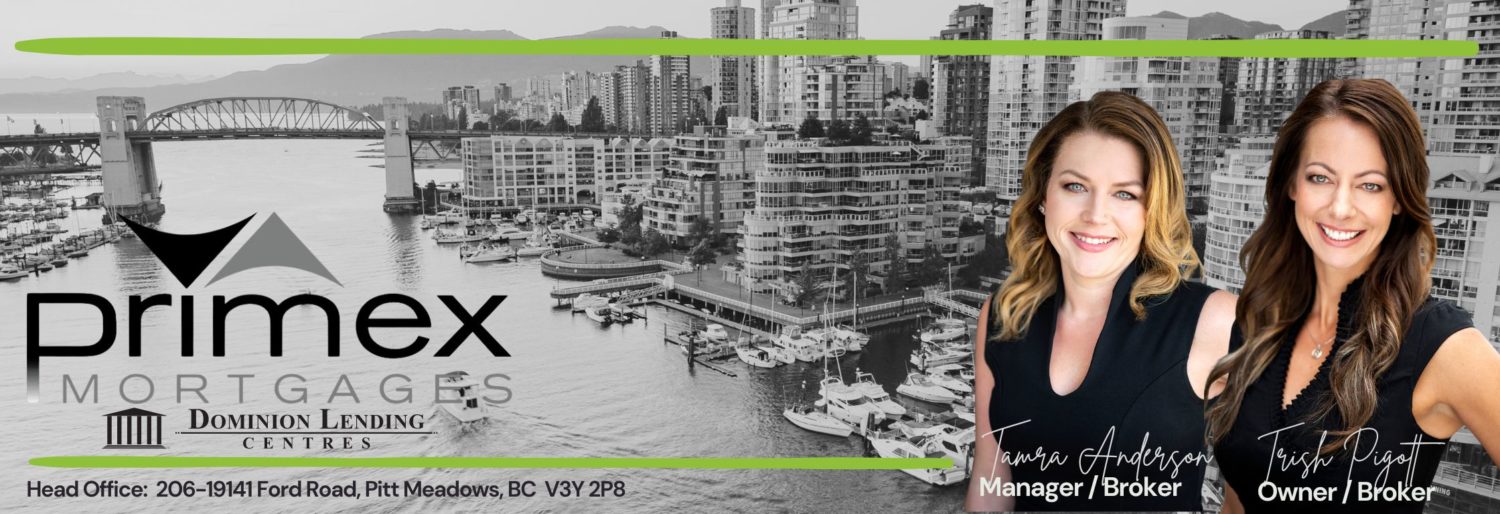
Many Canadians consider downsizing during their retirement years. Once their children have left the nest, the choice seems obvious: relocate to a smaller residence or a more affordable town and capitalize on the price difference. For many retirees, the funds from the sale of their home can significantly impact their overall lifestyle and financial well-being.
However, there are downsides of downsizing you should be aware of before you call your Realtor.
Downsizing in British Columbia: A Cost Analysis
The cost of moving is probably one of the most significant downsides to downsizing. To give you an idea of the figures involved, we conducted a cost analysis for a typical downsizing scenario using an example of selling a home in Vancouver for $1,000,000 and buying a condo for $700,000.
This would free up $300,000 in equity while moving you into a smaller home. According to Stats Canada, you need a nest egg of about $450,000 to retire comfortably in Canada. The money from the sale of your house could have a meaningful impact on your retirement finances. But how much of that chunk will you get to keep to boost your nest egg? Below is an estimated list of cost considerations when choosing to downsize:
| Fees |
Downsizing |
CHIP Reverse Mortgage |
| Real estate fees (average 7% selling price on the first $100k of the home price, and average 1% on the remaining total) |
$34,000 |
N/A |
| Legal Fees |
$1,200-$2,400 |
$300-$600 |
| Land Transfer Tax (Varies depending on province and city) |
$12,000 |
N/A |
| Moving expenses (packing supplies, moving service, garbage removal, etc.) |
$3,000-$6,500 |
N/A |
| Furnishing and upgrades |
$8,000-$25,000 |
N/A |
| Home appraisal |
$500 |
$300-$600 |
| Closing fee |
$500-$2,250 |
$1,795-$2,995 |
| Total |
$59,200-$82,650 |
$2,395-$4,195 |
As you can see, downsizing could cost you between $59,200-$82,650.
If you live in a big city like Vancouver, $300,000 of equity could shrink to just $217,350* after considering these downsizing costs. However, these costs are not the only adverse effects of downsizing to consider.
*Based on $300,000 of equity minus $82,650 (the highest downsizing cost).
The Downsizing Dilemma
Many Canadians underestimate the financial and emotional costs of downsizing, overlooking various aspects:
- Home Improvements: Before selling, homes often need upgrades, from simple fixes to major renovations like kitchens or roofs. Also, many invest in staging their homes.
- Belonging Decisions: Downsizing means deciding which possessions to keep due to space constraints, often leading to emotional challenges and storage expenses.
- Leaving Family Homes: Leaving a home that carries so many joyful memories, especially if someone is widowed, can be challenging. Relocating might disconnect you from communities and loved ones.
An Alternative to Downsizing in Canada: The CHIP Reverse Mortgage
The CHIP Reverse Mortgage by HomeEquity Bank can be the ideal alternative to downsizing. Unlock up to 55% of your home’s equity in tax-free cash while staying in your beloved home without leaving the neighbourhood you love. This money improves your retirement finances and can be used to renovate and retrofit the home for accessibility and livability as you age. With no required monthly mortgage payments, the CHIP Reverse Mortgage is becoming a popular solution.
If you have any questions or are curious about what would be best for you, don’t hesitate to contact us at 604-552-6190! Or you can CLICK HERE to book a call with Trish!
Trish & The Primex Team






